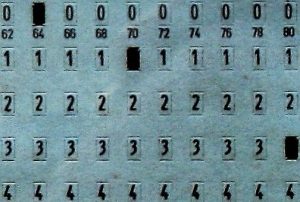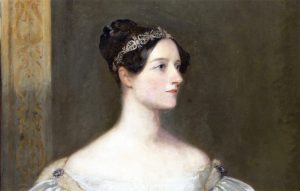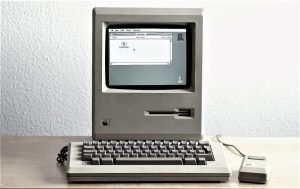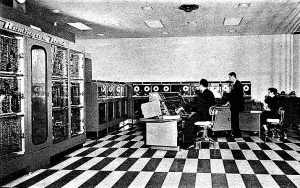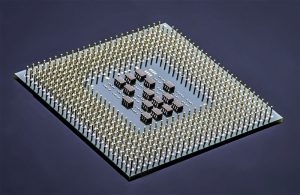Tabulating machine
The tabulator or tabulating machine is an invention of Herman Hollerith, originally designed for processing data from the 1890 census in the United States but was later used in accounting and other professional fields expanding its margin of action.
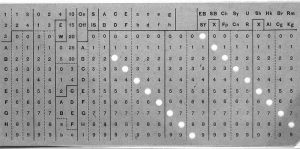
- Who invented it? Herman Hollerith
- In what year was invented? 1889
- What was it for? Data processing
- When was it first used? In 1890 for the U.S. Census
What is the tabulating machine?
The tabulating machine is one of the earliest informatics artifacts and was first used for the 1890 census in the United States. Herman Hollerith designed a machine that could census by reducing data analysis in order to mechanize the process. This device revolutionized the data processing because it was believed that if the 1890 census was done manually, information processing would take 10 years. With the use of the tabulating machine the process took only 6 months.
The first tabulating machine used punched cards to process the data. These were initially binary data taken from the “Yes” or “No” questions that censuses used to collect information.
This machine marks the beginning of the computer technology and computer world we know today. For that reason, Herman Hollerith is considered the father of computer science.
Who invented the tabulating machine?
Herman Hollerith was the first man who succeeded in carrying out the automatic information processing and is therefore known as the father of information technology.
The tabulating machine had a card reader, a counter, a sorter and a counter that allowed it to process binary data.
Thanks to its success, Hollerith created the Tabulating Machine company in 1896, with which he marketed his invention. Years later, his company joins three other companies that gave rise to the International Business Machine Corporation (IBM) in 1824.
History of the tabulating machine
The tabulating machine was created in 1890 by the American inventor Herman Hollerith in order to tabulate the 1890 census in the United States, in which more than 60 million people were counted.
This invention was patented in 1889 by Herman Hollerith, one year before being used in the 1890 census.
The tabulating machine used punched cards to tabulate information and a Boolean logic system to process binary data. These punched cards were also an invention of Herman Hollerith, which was an evolution of the data tape. The cards were made of cardboard and had 80 columns, in which the questions could be answered with perforations in specific positions. The machine created by Hollerith was considered by many to be the first computer and was used by the United States government for the 1890 census. It took 3 years to punch 56 million cards.
The programming of binary data had already been used by the inventor Joseph Marie Jacquard in 1801, who managed to automate a loom applying the concepts of binary code of the philosopher Francis Bacon published in 1623.
Herman Hollerith also took ideas from Charles Babbage’s analytical machine designed between 1833 and 1842, an invention that was not completed at the time because of the lack of materials and funds for this project.
All these contributions generated by Joseph Marie Jacquard, Charles Babbage, Francis Bacon and Ada Lovelace were used to build the punched cards and the tabulating machine that was used in the 1890 census, reducing the time of data analysis. This was because the machine could analyze the contents of 300 cards per minute, reducing data analysis considerably.
After the proven success of the tabulating machine, Herman Hollerith oriented his invention towards commercial purposes, adding the sum function to be used in the accounting of the Central Railroads of New York. Hollerith then adapted his invention to work in the mercantile areas where years later, it would also give good results.
In 1896 Herman Hollerith founds the company Tabulating Machine with which he commercializes his invention and which, together with three technology companies, would become in 1924 in the International Business Machine Corporation, known worldwide as IBM.
Function of the tabulating machine
The function of the tabulating machine was at the beginning, to tabulate the U.S. census in 1890, reducing analysis time and mechanizing manual census.
When the process was complete, an alarm sounded, and another card had to be inserted. This allowed employees to group the cards according to the information they provided.
Its operation was based on the use of cards that could serve as electrical insulators, with the exception of places where these were pierced. The machine was able to read the information on the cards and process the data inserted.
How to cite this article?
Briceño V., Gabriela. (2019). Tabulating machine. Recovered on 4 January, 2025, de Euston96: https://www.euston96.com/en/tabulating-machine/



